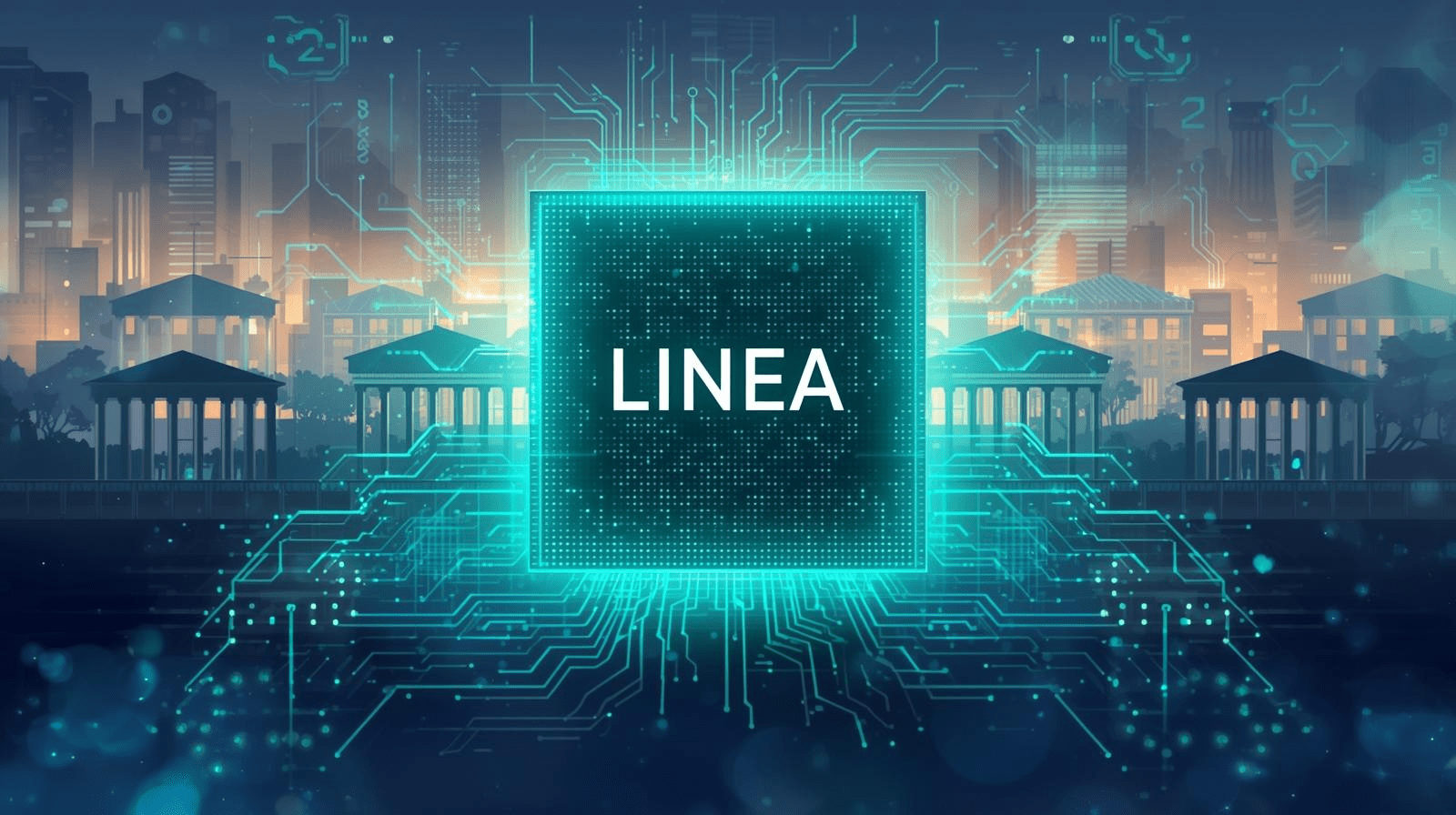
In the blockchain landscape filled with dazzling promises and grand launches, one thing is becoming clear: it is not who is the fastest to boast, but who is most prepared when real traffic arrives. Linea is at that point. This week it was noted that Linea will launch the Exponent upgrade on November 4, 2025, introducing a dual-burn mechanism: 20% of transaction fees will be burned in ETH and 80% of LINEA tokens will also be destroyed. This is not just a tokenomics gimmick; it is a bridge between network activity and the value that strengthens.
Moreover, with institutional cooperation starting to become visible, including a 24/7 payment prototype for SWIFT-based banking systems on the Linea protocol. Imagine: a Layer-2 network that was once considered 'only for crypto' is now being tested for transactions across giant banks. This changes how we view the role of Linea, not just as an 'empty net' for dApps, but as the backbone of financial infrastructure.
From the perspective of an ordinary user, this feels like a transitional period. Costs that used to feel like miniature payments are now increasingly seen as reasonable. Con-finality that used to require patience is now faster. And developers? They are beginning to see that migrating to Linea is no longer just about copying code, but an experience that can be launched directly. Full compatibility with EVM is considered a significant advantage.
However, this does not mean it is without risk. Large token unlocks, increasingly fierce Layer-2 competition, and high institutional expectations can be burdensome. According to the latest data, a large supply will be unlocked in the second week of November, and that could be selling pressure if the network has not grown strong enough to absorb it. But that’s where the drama lies: not because this project is grand from the start, but because it prepares itself well when not everyone fully sees it.
If we read the story personally: Linea invites us to think that Web3 is not about forcing adoption, but about creating a place where when we arrive, we can simply say, 'Oh, I have been here.' Without having to understand the complications behind it. Without having to wait for the 'boom.' When the network we use feels natural, we have already passed an important point.
With technological upgrades, tangible financial cooperation, and market conditions beginning to move past the 'instant hype' phase, Linea is moving towards a direction that is not widely commented on but is very critical for the future. And for those who are a bit patient, looking back may reveal that that big moment has already come, it’s just that we did not fully realize it while this network was building.


